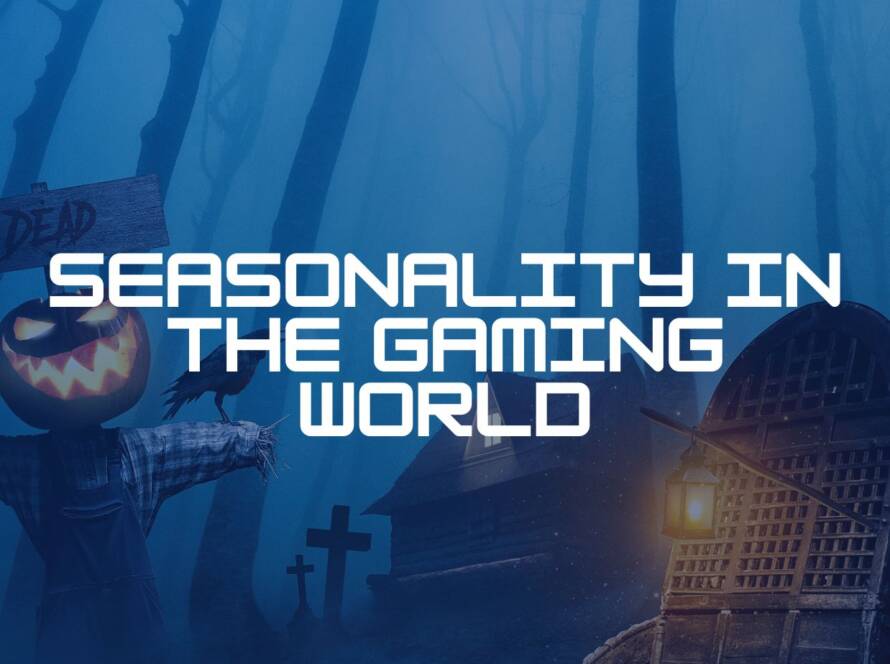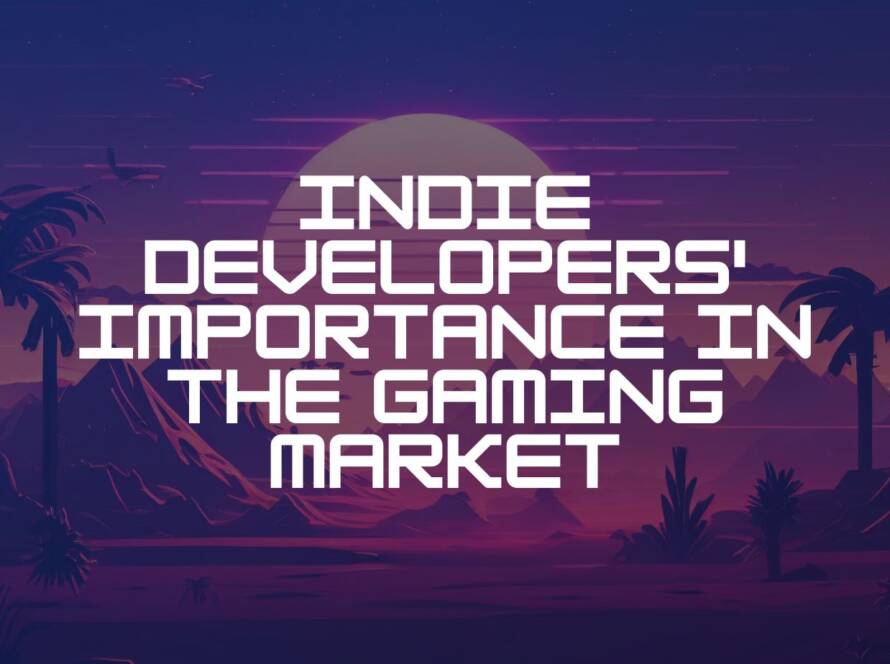In today’s digital age, video games have become more than just a form of entertainment. They have evolved into immersive experiences that captivate players for hours on end, eliciting a deep sense of engagement. This phenomenon piqued the interest of psychologists and
researchers, leading them to delve deeper into the fascinating field of gaming psychology
From biochemical reactions to engagement triggering mechanics, many reasons can explainwhy gaming has such a powerful impact on players’ minds.
The following article tries to explain just that by integrating an overview of biochemical reactions,
a description of the main types of fun and by finally diving into the fascinating world of psychology-based gaming optimization strategies.
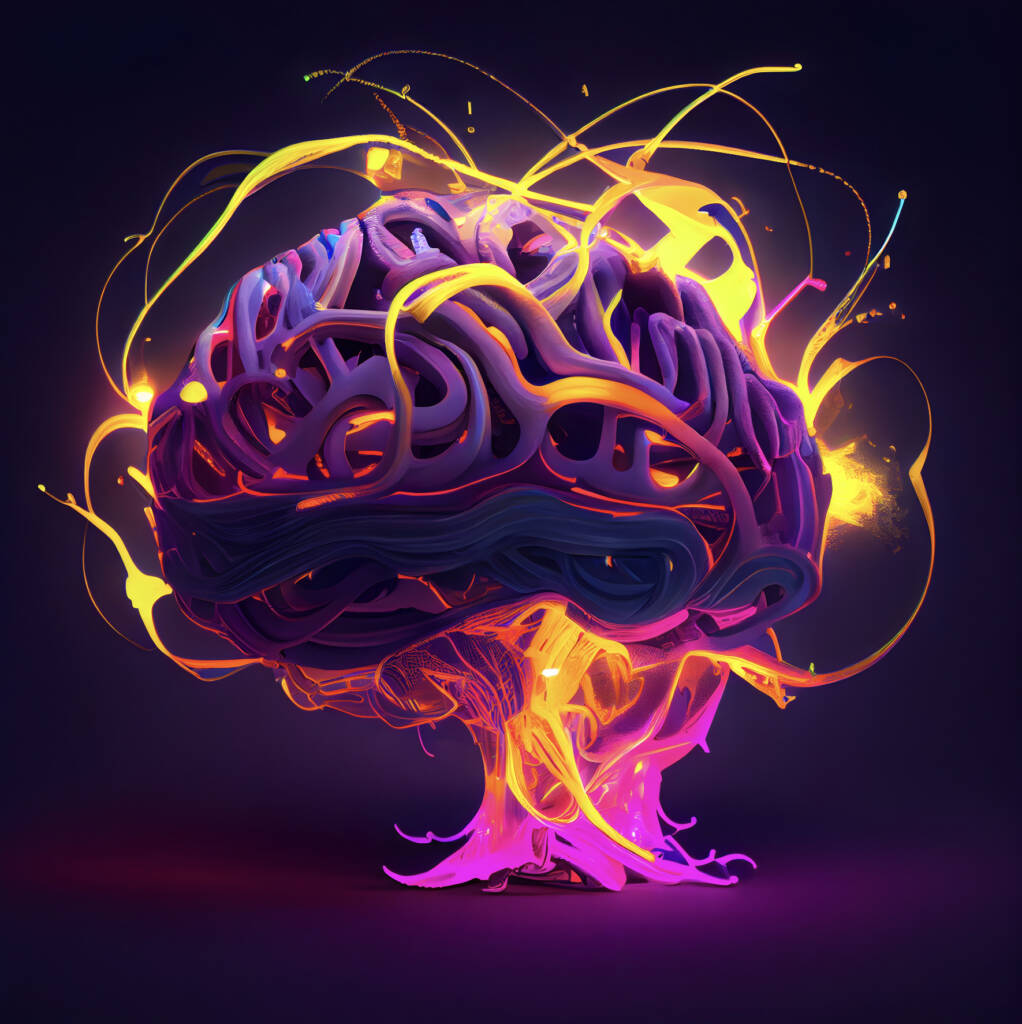
Brain Chemistry and Addictive Patterns
While engaging in gameplay sessions, our brains are affected in different ways, which can easily lead to addiction behaviours. One of the first components to look out for is the secretion of some specific hormones and neurotransmitters that have a direct impact short, mid and long term on the player. These chemical substances affect mood, cognitive capacities as well as reward pathways in the body, and can lead to players engaging more and more frequently with a virtual product.
Hormones and Neurotransmitters
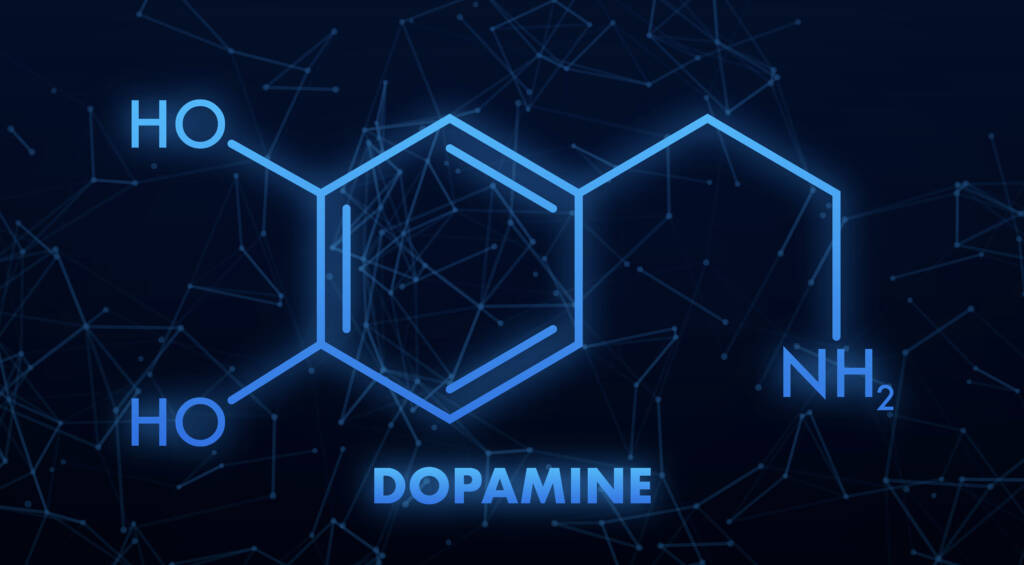
Dopamine
Dopamine, commonly linked to pleasure, actually plays a significantly more intricate role in the human brain. Dr. John Salamone’s research revealed that dopamine serves a multifaceted purpose, encompassing not only pleasure but also motivation. Thus, mobile games that are equipped with skillfully crafted reward structures and accomplishments systems, have the ability to stimulate frequent dopamine releases. This can result in a strong desire to acquire new rewards and consequently, either the continuation of the gaming session or various comebacks later on.
Endorphins
During a positive gameplay experience, when the player is in the midst of action and captivated by the experience, Endorphins are released in the brain. which leads to the player being invaded by a sense of satisfaction toward themselves but also their successes, achievements, or victories. Thus, improving their self-esteem and making them feel good and empowered. Endorphins and Dopamine play hand-in-hand to give players an addictive chemical cocktail that keeps them coming back for more.
Endorphins power our love for games as they can make us feel more positive and energize our outlook. They may even help to block sources of pain in our everyday life, thus it is simple to see why people repeatedly come back for play sessions, especially in the context of a stressful or frenetic daily life.
Serotonin
Serotonin is a neurotransmitter that impacts mood, ability to sleep, memory and learning. By engaging in play, users can balance their body’s serotonin levels in a natural way, which helps to protect them from the impact of stress and negative stimuli in their environment. When adulting gets hard, a good gaming session might come handy! The same applies with teenagers and kids navigating through social and educational pressure.

Types of Fun and their impact on engagement
One of the greatest insights into gaming psychology comes from Nicole Lazzaro, founder and president of XEODesign. In her research, she observed and studied actual gamers’ facial expressions and reactions during gameplay. This led her to establish 4 distinct and crucial components for the optimal enjoyment of a game. They go as follow:
- Hard fun. A game must be challenging in order to be enjoyable. The greatest moments of euphoria often come when the user is pushed to the limit.
- Easy fun. Successful games find simple ways to please, surprise, titillate, and amaze. The joy is in the discovery.
- People fun. There is a significant social aspect to fun with video games. Across the board, all emotions are increased when social play is present.
- Serious fun. What real impact does the play have? Is there a tangible reward?
Using psychological factors to trigger engagement – Strategies
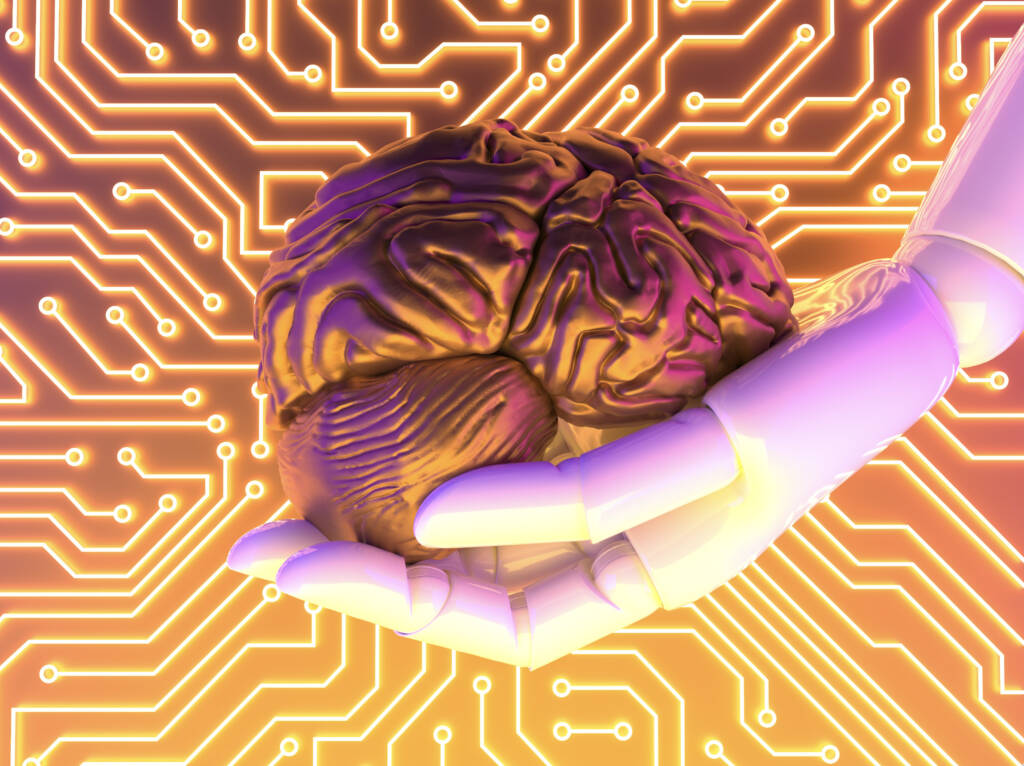
Mix these 4 components with endorphins and dopamine and it becomes easy to see how engagement rates could successfully and exponentially rise.
Now that we know the biochemical impacts of gaming in player’s brains as well as the crucial components of a game in terms of FUN, it’s important to know which mechanics optimally trigger the previously cited elements and how developers can include the latter in their products.
The following pages focus on effective mechanics that, when skillfully included in a game, triggers engagement in users.
Mechanics and Systems integrated into addictive games
Intuitive gameplay
The main addictive point of mobile games is their simplicity and intuitive gameplay. Given the fact that players usually play short sessions various times a day on the phone or tablets – which screens are fairly small – intuitive controls and ease of gameplay is crucial. We tend to think that violence, suggestive characters or sexual content, or even complex multilayer games is the key to success, however games as simple as candy crush had long lasting gigantic success and were based off of simple yet colourful graphic designs alongside simple and intuitive gameplay.
Keep in mind that simple and intuitive does not equate to “no challenge”. Having intuitive and simple controls and game rules or mechanics all while offering a balanced progression that includes various levels of challenges throughout the gameplay and story itself is the key to a successful product.
Keeping things simple and intuitive allows users to tap into the “Easy fun” and easily triggers feelings of lightness while also triggering feelings of accomplishments when faced with challenges.
Progression and play session balance
A thoughtfully balanced progression, including a smooth and rewarding start followed by varied levels of difficulty and challenges, will keep players coming back for more. Initially hooking them with a simple, easy and intuitive first user’s experience while keeping them coming back for more when they have specific goals to reach is the right strategy for long term engagement.
Developers also have to have a clear understanding of their target user’s behaviours and desires in order to balance to perfection the predicted play sessions. Balancing the gameplay, story and rewards in order for players to be able to progress flawlessly throughout short but recurrent sessions (various sessions per day of quick but satisfying gameplay) is also important for engagement and retention. Each session has to have a purpose and a sense of reward for the player, otherwise it would be pointless for them to consistently come back. Although the game as a whole can be more complex, each session has to be kept relatively simple and satisfying on its own, triggering the “Hard fun” feeling and sense of achievement for each player.
Social components and Multiplayer facets
Humans are socially wired to interact, collaborate, share and even compete with each other, thus the conclusion of Mrs. Lazzaro about the “people fun” aspects in games. Integrating features that allows players to both collaborate and compete with each other is an amazing way to keep the game fun and engaging. Although the social aspect should not be dictating the gameplay but rather enhancing it, promoting camaraderie gives players a sense of belonging while optional competitive features gives them something to look forward to in terms of goals and challenges, be it short, mid or long term.
On point Reward and Achievement systems
Let’s trigger that “serious fun” feeling with tangible rewards and accomplished goals through a well balanced achievement and reward system. When players receive their first rewards, there is a small rush of dopamine being released in their body, automatically activating the reward pathway in the brain.
The reward pathway of the brain is connected to areas of the brain that control behavior and memory. The brain begins to make connections between the activity and the pleasure, ensuring that we will repeat the behavior.
Players then either continue their session or keep coming for more as they will be craving that small dopamine rush that leaves them feeling so good and accomplished. Without even knowing why, they are on the path of being addicted to the game, thus an on point reward and achievement system ensures the developers an increase in retention and engagement.
Customization and personalisation
Customization and personalisation – be it of a character, avatar or even vehicle or city – radically increases the player’s emotional attachment to the game. It gives them a sense of ownership and control that is undeniable. When a player is emotionally attached, it will want to invest more and it’s a well known fact that the more humans invest in something – be it relationships, material or virtual goods, etc – in terms of time, energy and/or money, the more likely they will be to continue to do so as the thought of “losing” that investment is hard to swallow.
As developers, if the goal is to increase engagement, integrating customization aspects to the game can considerably boost engagement as players get attached to their “investment”.
Examples are endless: Money spent in store (IAP) to ascend a hero or boost a car’s performance to get better chances during events, or simply time spent personalizing an avatar to a desired image either representing the player or its fantasy character.
The idea is to find where and how to integrate custom items so that it fits within the gameplay and adds up to the whole experience, without necessarily encompassing the sole progression.



